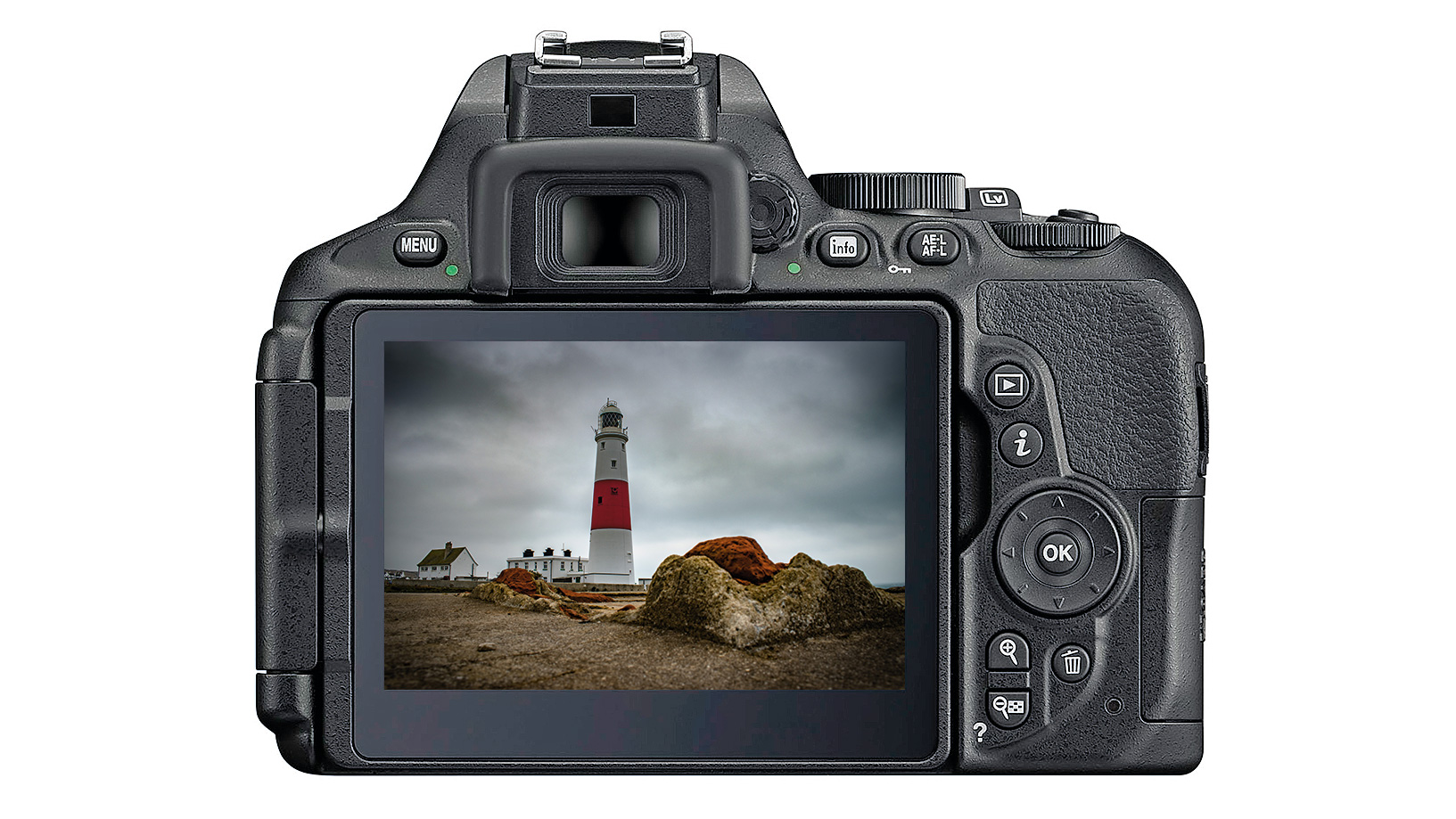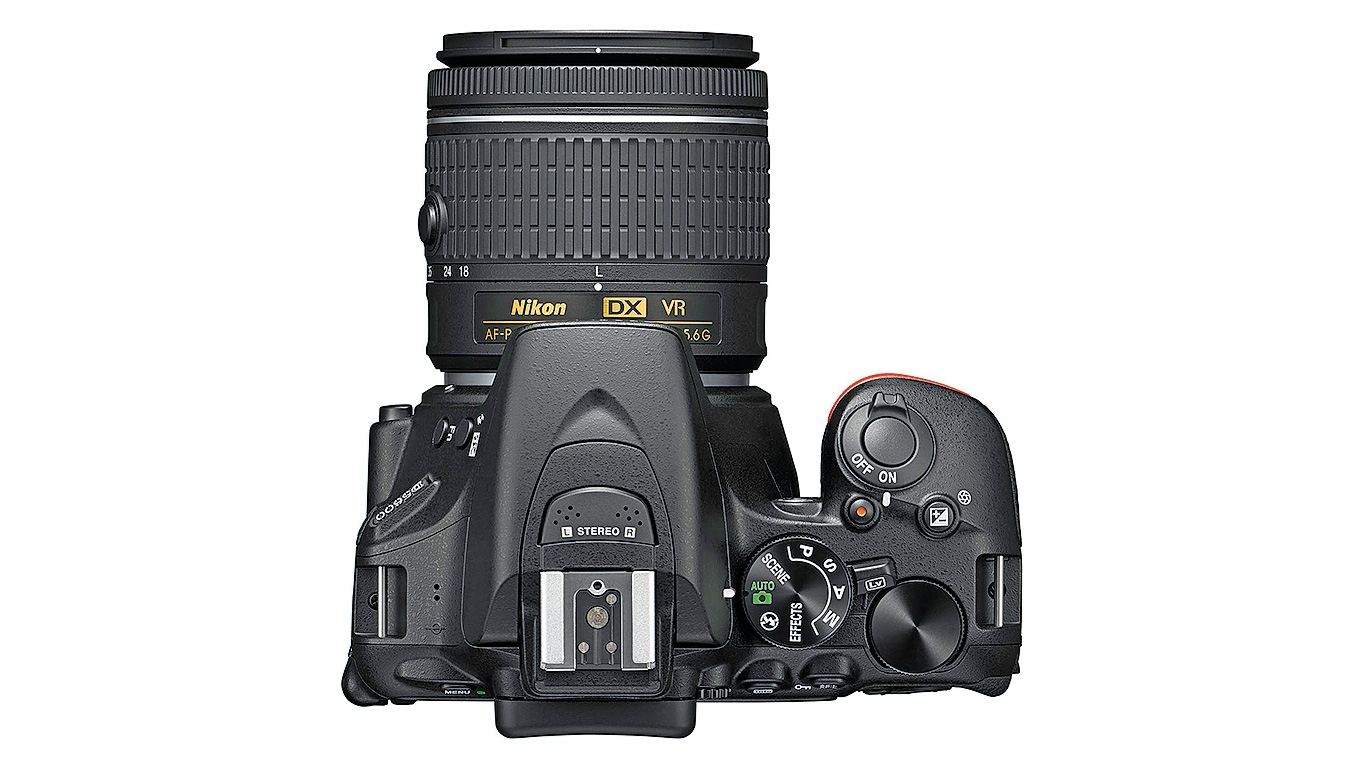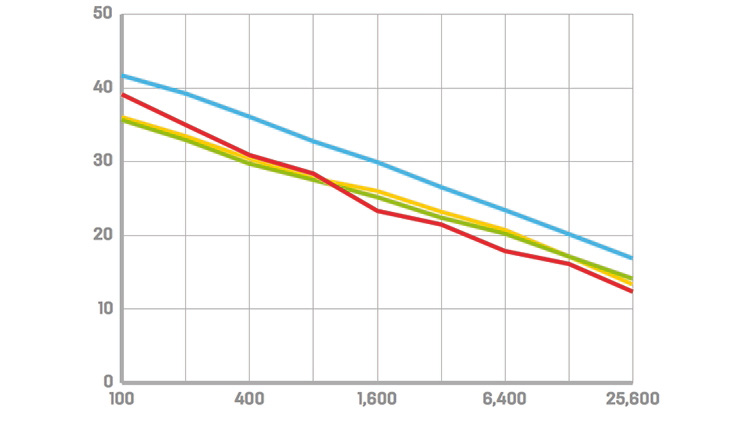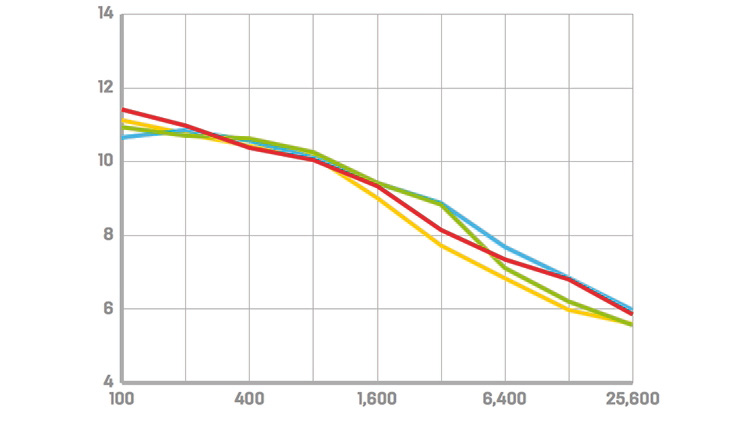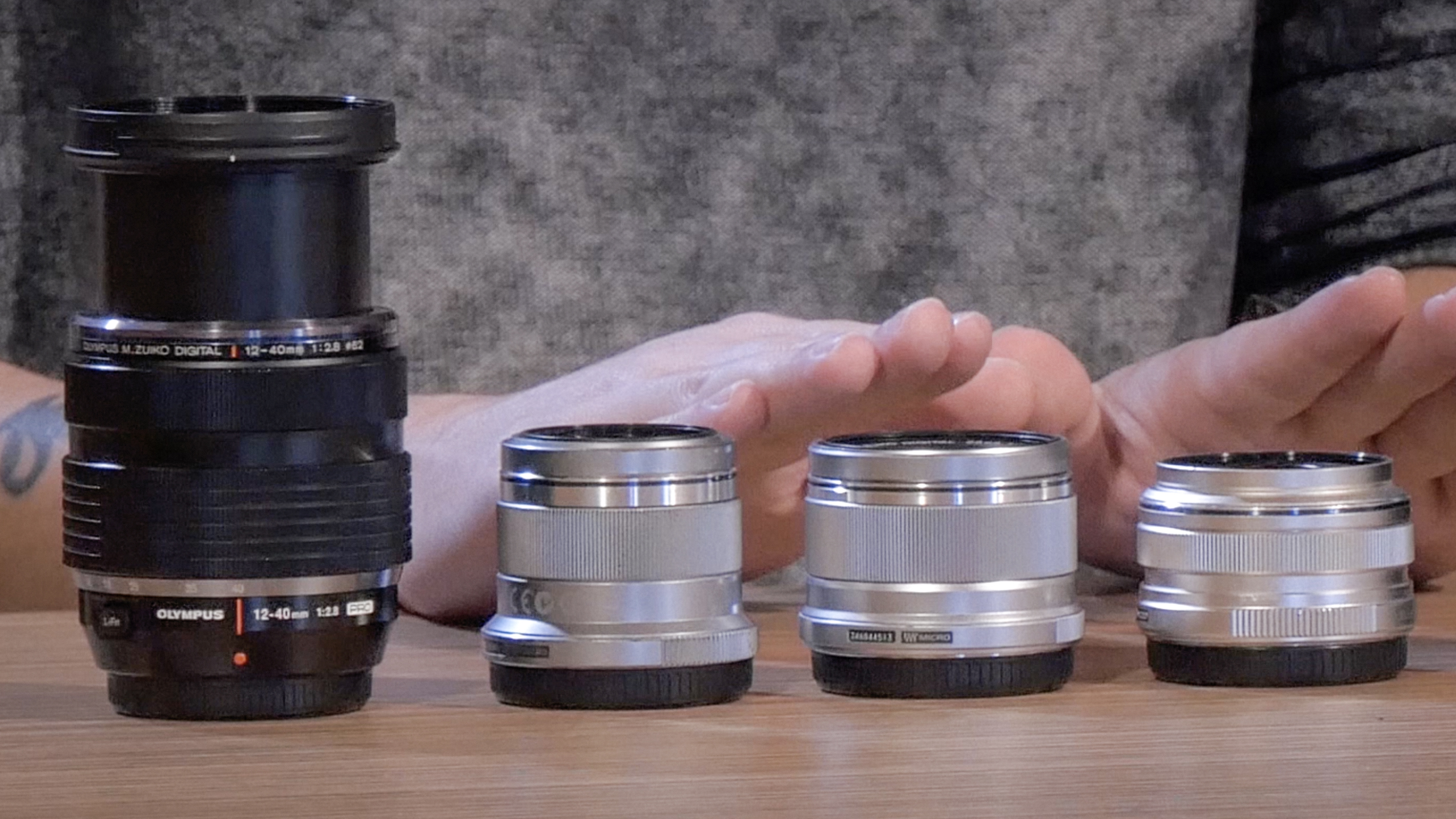Digital Camera World Verdict
Using the diminutive Nikon D5600 is a world away from shooting with a bulky enthusiast SLR like the D7200 or D500. It’s light and unobtrusive, but its image quality is terrific, and the vari-angle screen makes it supremely versatile. The SnapBridge experience is disappointing, though, but now this camera is three years old and prices have dropped, there are some tempting deals on this DSLR.
Pros
- +
Small size
- +
Good Live View performance
- +
Great image quality
Cons
- -
SnapBridge system still needs work
- -
Limited external controls
Why you can trust Digital Camera World
The Nikon D5600 is the most recent member of the Nikon D5000-series camera club. The D5600 is one step up from the entry-level Nikon D3500, filling the space between that model and the more enthusiast- and pro-orientated Nikon D7500 and D500.
In one vital respect, though, it’s one up on all of them. These D5000-series cameras are the only DX-format Nikon SLRs with a vari-angle screen. The range's combination of novice-friendliness, vari-angle screen and small size make it ideal for both first-timer camera users and photography students.
• Update: In 2021, five years after this camera was launched, it's still on sale and, surprisingly perhaps, it's still a serious proposition in the beginner camera market. It's main downfall (for some) is its lack of 4K video, but otherwise it's a compact and lightweight DSLR with a flip-out screen, a great 24MP sensor and a wide range of lenses to choose from. Five years on, it looks just as competitive as when it was launched, and in a market where mirrorless camera prices are climbing steadily, it looks better value than ever.
The key new feature in the D5600 is Nikon’s wireless SnapBridge technology, where the camera maintains a low-power Bluetooth LE connection with your smartphone or tablet.
Specifications
Sensor: 24.2MP DX-format CMOS (Expeed 4)
Lenses: Nikon F (DX format)
Memory: SD/SDHC/SDXC
Viewfinder: Eye-level pentamirror viewfinder, 95% coverage
Max video resolution: Full HD (1,920 x 1,080) at 60, 50, 30, 25 or 24p
ISO range: 100-25,600
Autofocus points: 39 (9 cross-type)
Max burst rate: 5fps
LCD screen: 3.2-inch, vari-angle, touch-sensitive, 1,037k-dot LCD
Shutter speeds: 1/4,000 sec to 30 sec, Bulb
Weight: 465g (with battery and memory card)
Dimensions: 124 x 97 x 70mm
Power supply: Lithium-ion EN-EL14a battery, 820 shots
Build and handling
The D5600 is almost as small and light as an SLR-style mirrorless camera, yet the grip is deep and well-sculpted, so that you still feel as if you’ve got a proper hold. Some of the buttons are oddly small, though. This doesn’t affect their operation, but the icons are a little harder to read.
The new AF-P 18-55mm lens transforms the camera’s Live View performance. It’s still not as fast as a mirrorless camera, but the speed and responsiveness of the Live View autofocus is certainly unexpected – and it works really well with the screen’s touch control. You can just tap an object in the scene, and the camera will focus on that object and take a picture in a single action.
The best camera deals, reviews, product advice, and unmissable photography news, direct to your inbox!
Performance
The SnapBridge system is less impressive. It worked fine, if slowly, with a Android smartphone, but the iPhone operating system insists you select a Wi-Fi connection manually.
The D5600’s autofocus, white balance and exposure systems worked well. Most of the time you can leave the camera to work out the correct settings and it’ll do it reliably.
The camera’s fine detail rendition is especially good and, unlike a lot of kit lenses, the new AF-P 18-55mm holds its sharpness right to the edges of the frame – and at longer zoom settings, too.
Lab tests
We use Imatest and DxO Analyzer hardware and software to test cameras for their colour accuracy (colour error) signal to noise ratio (the amount of noise in the images) and dynamic range (their ability to capture detail in very bright and dark areas). We also pick three rival cameras to test them against.
Color error
We compared the D5600 with the Canon 750D, the Nikon D3400 and the Sony Alpha 68. It delivered colors closest to neutral, although all four cameras did well here.
Signal to noise ratio
Dynamic range
Verdict
Using the diminutive Nikon D5600 is a world away from shooting with a bulky enthusiast SLR like D500. It’s light and unobtrusive, but its image quality is terrific, and the vari-angle screen makes it supremely versatile. Now that this DSLR is getting on in age, it is really a matter or ensuring that you buy this at a decently discounted price.
Read more
The best Nikon cameras
The best DSLRs in 2020
The best Nikon lenses
The best cheap cameras in 2020
Best camera deals

Rod is an independent photography journalist and editor, and a long-standing Digital Camera World contributor, having previously worked as DCW's Group Reviews editor. Before that he has been technique editor on N-Photo, Head of Testing for the photography division and Camera Channel editor on TechRadar, as well as contributing to many other publications. He has been writing about photography technique, photo editing and digital cameras since they first appeared, and before that began his career writing about film photography. He has used and reviewed practically every interchangeable lens camera launched in the past 20 years, from entry-level DSLRs to medium format cameras, together with lenses, tripods, gimbals, light meters, camera bags and more. Rod has his own camera gear blog at fotovolo.com but also writes about photo-editing applications and techniques at lifeafterphotoshop.com

